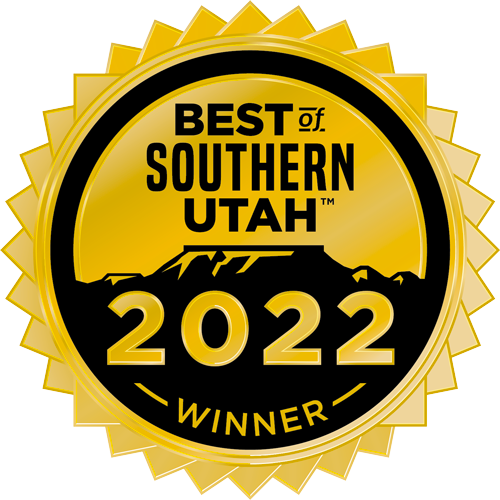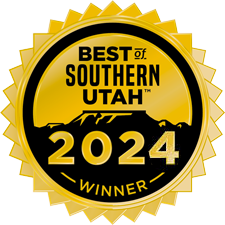The foods you eat may play a bigger role than you realize when it comes to risk factors for chronic venous insufficiency. Among the foods you should avoid are those with large amounts of sodium. Such foods can include, but are not limited to:
- Potato chips
- Pretzels
- Frozen foods
- Canned foods
- Boxed foods
- Condiments (ketchup, mustard, barbeque sauce, soy sauce, etc.) and salad dressings
- Deli meats and cheeses
- Pickled or cured food
Many preserved foods that you’ll find in the grocery store are processed with extra sodium. Even foods you eat in restaurants can be packed with sodium! So even if you aren’t piling on salt with every meal, you may unknowingly be adding high levels of sodium into your diet.
While these foods can make for quick meals or snacks, the amount of sodium they put into your body is not always the healthiest choice. This is especially true if you already experience leg pain, cramps, aching, swelling, or other symptoms of varicose veins and venous insufficiency.
While sodium may not be the underlying cause of bulging varicose veins, they do add to the problem. Manage your painful symptoms by making changes to your diet and decreasing your sodium intake!
What is Water Retention and How Does it Affect Varicose Veins?
You know how thirsty you feel after eating something particularly salty? Your body has a similar natural response. When you eat or drink something with high levels of sodium, your body produces more water to try to lower sodium levels in your bloodstream. This can cause ankle or leg swelling, or what’s known as water retention.
The more water your body produces, the more weight it puts on your veins which can lead to complications such as high blood pressure which may increase your risk of stroke or heart disease. It can also worsen varicose veins that are already struggling to circulate blood back up through your body.
How to Prevent Varicose Veins with a Healthier Diet
Rather than let symptoms continue to the point of extreme pain and stiffness in your legs, switch up some of the regular food items you buy. Look for packages that say “Low Sodium” or “No Sodium” and include more of these foods in your diet instead:
- Fresh fruits and vegetables (especially spinach, broccoli, kale, and other brightly colored fruits and vegetables)
- Whole grains
- Bananas
- Beans
- Potatoes
- Water!

Foods high in potassium such as bananas and potatoes help negate the effects of high sodium. They are great food substitutes to start with, as is more water and less processed drinks!
Talk with a vascular doctor near you for additional suggestions about the best diet for venous insufficiency. Other certain foods can improve blood circulation to help varicose veins bulge less and function as they should.
Visit Heart of Dixie Vein and Vascular Center to discuss your diet and varicose vein removal through our minimally invasive procedures. Our varicose and spider vein treatments offer less recovery time and great results in as few as 2-3 appointments! Schedule a varicose veins consultation today at one of our locations in Southern Utah and surrounding areas.





